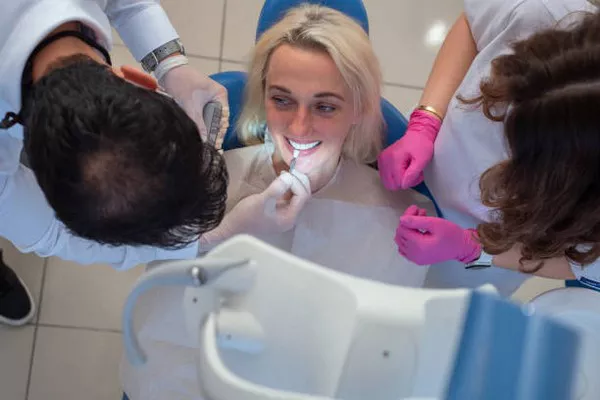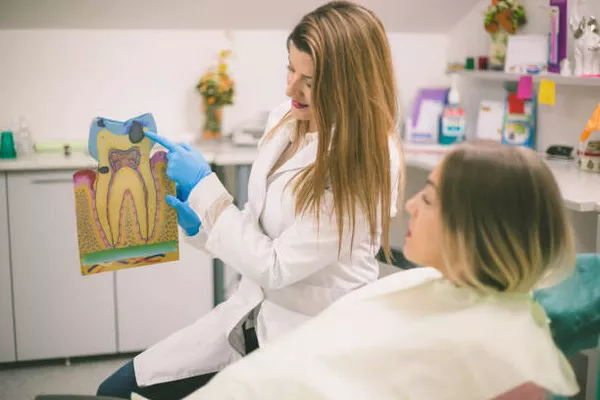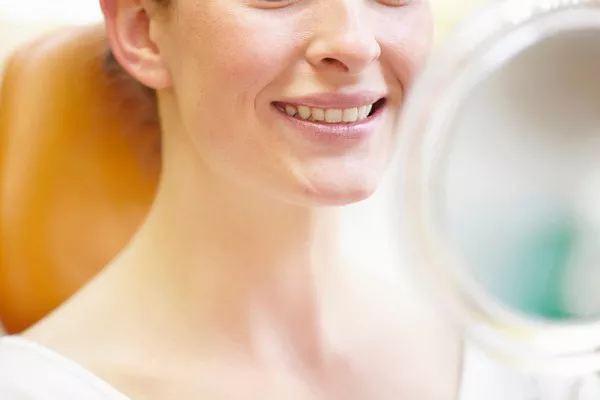Explanation of Perception Changes
The appearance of teeth can vary significantly depending on lighting conditions, such as sunlight. Understanding these changes is crucial for grasping why teeth may look yellow in certain settings.
Impact of Lighting Conditions
Natural sunlight and artificial lighting can affect the perception of tooth color. Sunlight, in particular, is a bright, white light source that can highlight imperfections and subtle color variations in teeth. This heightened clarity can make yellow tones more noticeable, especially if teeth have slight discoloration or stains.
Role of Tooth Enamel
Tooth enamel, the outer layer of teeth, is naturally translucent. This means that light can pass through it to some extent, revealing the underlying dentin. Dentin is naturally yellowish in color, and variations in enamel thickness and translucency can influence how much of this yellowish hue is visible.
Impact of Stains and Aging
External Stains
Over time, teeth can accumulate stains from various sources such as:
Foods and Drinks: Coffee, tea, red wine, and certain fruits contain pigments that can adhere to enamel and cause surface staining.
Tobacco: Smoking or chewing tobacco products can leave stubborn stains on teeth, contributing to a yellowish appearance.
Natural Aging Process
As individuals age, tooth enamel naturally wears down, becoming thinner and more prone to showing the yellowish dentin underneath. This natural progression can make teeth appear more yellow over time, exacerbated by lifestyle factors like diet and oral hygiene habits.
Dietary Influences
Staining Foods and Drinks
Certain foods and beverages can contribute to tooth discoloration:
Dark-Colored Berries: Blueberries, blackberries, and cherries contain pigments that can stain enamel.
Acidic Foods: Citrus fruits and tomatoes, while not directly staining, can erode enamel, making teeth more susceptible to staining from other foods.
Mitigating Effects
To minimize staining effects, rinse your mouth with water after consuming these foods and beverages, or brush your teeth soon after eating.
- Smoking and Tobacco Use
- Impact on Tooth Color
- Tobacco products contain tar and nicotine, which can stain teeth yellow or brown with prolonged use.
- Smoking also reduces saliva production, leading to a dry mouth that promotes plaque buildup and exacerbates discoloration.
Genetic Factors
Genetics play a role in determining the natural color of one’s teeth. Some individuals may have thicker enamel that appears whiter, while others naturally have thinner enamel that shows more of the underlying yellowish dentin.
See Also: Why Do My Teeth Look Yellow In The Morning
Preventive Measures
Good oral hygiene practices are essential for preventing tooth discoloration:
Brushing and Flossing: Brush teeth at least twice a day with fluoride toothpaste and floss daily to remove plaque and prevent stains.
Regular Dental Check-ups: Visit your dentist for professional cleanings and check-ups to remove surface stains and monitor oral health.
Professional Dental Treatments
For more significant discoloration, professional dental treatments can be effective:
Bleaching: Dental bleaching involves using hydrogen peroxide or carbamide peroxide to lighten teeth several shades. This can be done in-office or with take-home kits prescribed by dentists.
Veneers: For severe discoloration or intrinsic stains, veneers are thin, custom-made shells that cover the front surface of teeth to improve their appearance.
Safe Home Remedies
Baking Soda: Brushing with a paste made of baking soda and water can help remove surface stains.
Hydrogen Peroxide: Gargling with a diluted hydrogen peroxide solution (1:1 with water) can whiten teeth, but use sparingly to avoid gum irritation.
When to Consult a Dentist
Persistent Stains: If stains do not respond to over-the-counter products or home remedies.
Tooth Sensitivity: Yellowing accompanied by increased sensitivity to hot or cold temperatures.
Texture Changes: Roughness or pits on the tooth surface, which may indicate decay or enamel erosion.
Conclusion
Understanding why teeth may appear yellow in sunlight involves recognizing the interplay of natural factors like enamel translucency, aging, and lifestyle choices such as diet and smoking. By implementing preventive measures and seeking professional dental advice when needed, individuals can maintain a bright, healthy smile that shines in any light.
You Might Be Interested In
































